An unique global ecosystem:
The mangroves of the Sunderbans represents an unique ecosystem that does not find any parallel across the globe located on the words largest Indo-Gangetic deltaic system at the mouth of the Bay of Bengal. The Sunderbans is recognized as an UNESCO World Heritage site. This is an area of unique biodiversity with an outstanding combination of rare flora and fauna that is not common in any other parts of the world. The great Sunderbans ecosystem or the Sunderban mangal forest region extends between the two of adjoining countries of India and Bangladesh. The vast Sunderbans mangrove forest stretches across the international border; with around 1/3rd located in India and the remaining 2/3rd in Bangladesh.
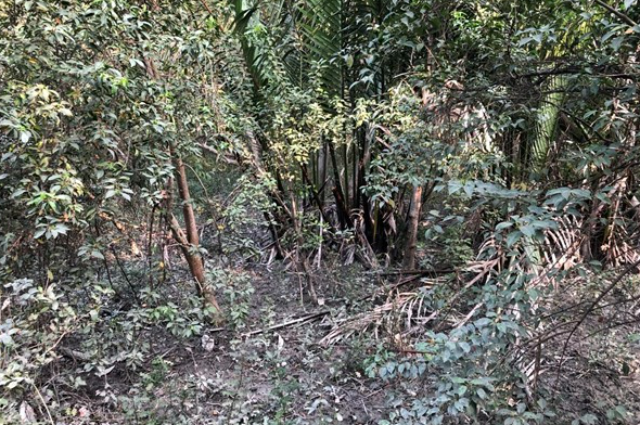
Fig. 1: A typical section of the Sunderban mangal forest ecosystem, Khulna, Bangladesh.
Photo credit: Saikat Kumar Basu
The forest is home to around 453 species of plants, eight amphibians, 35 reptiles, 120 species of fishes, 290 species of birds and 42 mammals. This amazing mangal forest ecosystem is represented by over 80 mangrove plant species. The forest is a prominent habitat for the endangered Royal Bengal tigers, axis deer, monkeys, turtles and terrapins, sharks, salt water crocodiles, monitor lizards, rich diversity of snakes and insects including the famous mangrove (mangal honey) producing Apis dorsata wild bee species. This is reported to be one of the costliest varieties of wild honey in the world with an increasing demand for supply both for domestic use as well as industrial consumption in the international pharmaceutical, nutraceutical and functional food industries with huge economic turnover.
This ecosystem is also known for its richness of avian biodiversity including both resident and a large number of migratory species visiting this rich habitat. The Sunderbans is home to rich diversity of birds including iora, gadwits, lapwings, various species of sterlings, doves and pigeons, parakeets, kingfishers, woodpeckers (Fig. 2), herons, egrets, spoonbills, storks, cormorants, darters, sand pipers, sea gulls, kites, hawks, kestrels, owls and owlets, teals, partridges, migratory species of ducks and geese to mention only a handful. The mangrove ecosystem provides a spectacular habitat for large number of fish species too. Overall the species richness of this unique habitat is spectacular.
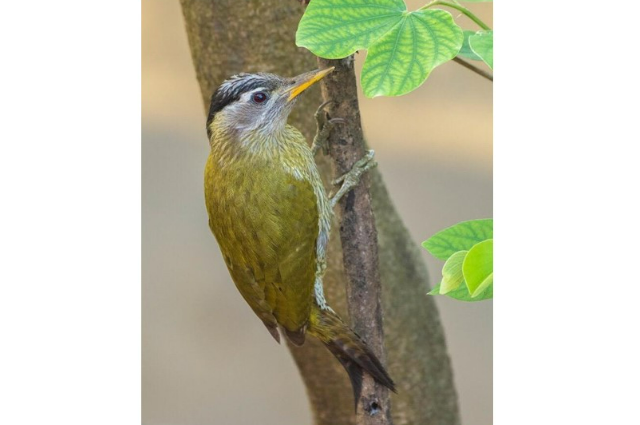
Fig. 2: A streak throated female woodpecker in the mangrove forest of South 24 Parganas, West Bengal, India.
Photo credit: Sourav Ghosh
Factors endangering the Sunderban ecosystem:
Unfortunately, this unique ecosystem (Fig. 3) is threatened by a number of natural and anthropogenic factors. The region is over populated due to the establishment of both legal as well as illegal human settlements. The Sunderbans is not at all suitable for both human settlements as well as for massive scale economic developments. But since the time of parting and independence the human population as cross the international border has increased considerably almost beyond the carrying capacity of this unique global ecosystem.

Photo credit: Saurav Ghosh
Large tracts of precious forest land has been converted into human habitation, hotels and restaurants, agricultural lands as well as for fish and shrimp productions, small factories, processing units and numerous cottage industries. This has been happening both legally as well as illegally with covert support from local law enforcement agencies as well as with political support to secure local vote banks. As a consequence a large number of migrants, illegal refugees and land sharks looking for occupying large tracts of the mangal forest have been moving into the region relentlessly.
With accelerated increase in tourism and deep sea fishing, collection of fuel food, building and construction materials, wild honey, fishes, crabs, lobsters, prawns and shrimps and their larvae has been putting irreversible damages to the local ecosystem. Recently there has been numerous media reports on increasing movements of illegal refugees, poachers, human, drugs, arms and wildlife traffickers, pirates, anti-social and anarchy groups across the international border between India and Bangladesh. These factors together with repeated massive scale cyclones, rise in water level, heavy rainfall, massive flooding, changes in the course of the local rivers possibly connected to Climate Change has further deteriorated the ecosystem. A 2020 international assessment has indicated the Indian part of the Sunderbans to be extremely vulnerable to enhanced anthropogenic pressures and poor management Fig. 4).

Photo credit: Saurav Ghosh
Lack of political will and determination, failure if the law enforcement agencies towards proper monitoring and surveillance of the region together with inclement weather conditions has been transforming the ecosystem into a silent ticking bomb ready to explode at the right moment. The complete dependency of the local human inhabitants on the highly sensitive Sunderban ecosystem for their daily sustenance has been putting a deep human footprint on this fragile ecosystem and making it highly vulnerable towards further degradation.
Joint Conservation Initiative (JCI): A new approach towards integrated biodiversity conservation
Joint Conservation Initiative (JCI) is a newly proposed conservation mechanism with cross-border cooperation, collaboration, coordination and communication (4Cs) between two adjacent countries sharing common name land, riverine or marine borders. India and Bangladesh are two adjacent countries and friendly neighbours with shared forests and international boundaries between them. There is a huge potential for both these countries to work together in strengthening the conservation platform and in the betterment of their local ecosystems and natural environment by adopting JCI approaches. Migratory animals and birds, particularly mega fauna such as endangered Royal Bengal tiger that regularly move in between the two countries can be afforded better protection through JCI approaches (Fig 5).

Fig. 5: Wild monkeys enjoying free joy ride on a steamer, South 24 Paganas, West Bengal, India.
Photo credit: Saurav Ghosh
One of the most important approaches necessary for the conservation of an ecosystem is proper monitoring. Through JCI, both countries can jointly develop an integrated program of intensive monitoring and surveillance with coordinated action between forest departments, customs and immigration departments, border security guards, intelligence agencies, local law enforcement agencies and local administrations, local politicians and villagers as stakeholders. Establishing forest protection committees on both sides of the borders in the address in villages on both Indian and Bangladesh territories can successfully stop intervention and movement of unwanted and suspicious people in the region. This simple action can stop poaching, trafficking, smuggling and terrorism in the region with long driven consequences in establishing peace in the border areas. In addition to protecting the ecosystem; such initiatives could also help in reducing anti-social activities in the region and making it safer for local law enforcement agencies, forest departments, border security guards, visiting tourists, local villagers and administration. This indirectly will have better impact on local employment and reduce pressure on the forest ecosystem for daily sustenance by opening up alternate economic opportunities for the local residents.
Furthermore, joint surveys conducted on the natural resources, initiating captive breeding and release programs, regular comprehensive monitoring and surveillance both by physical inspection as well as drone mediated observation, intelligence gathering and sharing at appropriate levels of both governments can successfully reduce trespassing, poaching, illegal movements inside sensitive forest zones for collecting major and minor forest products for daily sustenance, deforestation and human footprints on the local ecosystem. As a consequence it can easily help local forests and biodiversity to thrive due to reduced anthropogenic pressures. Both countries under the agreement will be committed to start revegetation of degraded and vulnerable habitats within the mangal forest ecosystem. Joint afforestation of degraded habitats, recovering salinity impacted lands and improve the management of tourist inflow throughout the year (Fig. 6).
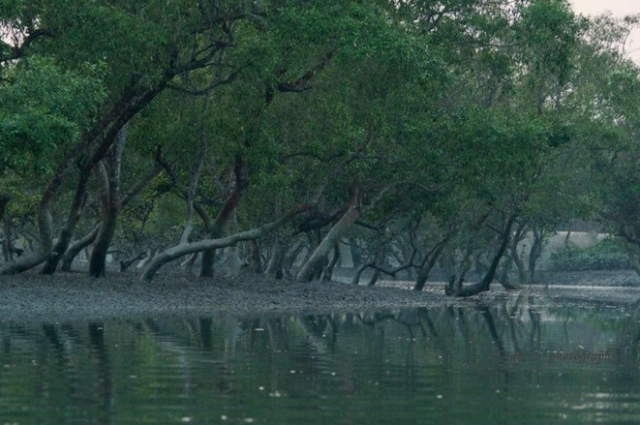
Fig. 6: The Sunderbans represent an unique coastal habitat rich in biodiversity. South 24 Paganas, West Bengal, India.
Photo credit: Saurav Ghosh
Another great advantage of the JCI approach is the exchange of surplus wildlife between two countries. Currently India is overpopulated in case of few species like the blue peafowl, the Nilgai. Bangladesh used to host the species in the world several decades back and they are currently extinct in the wild in Bangladesh. Such surplus wildlife from India could be experimentally re-introduced into their old habitat range in Bangladesh under strict supervision and monitoring. Similarly joint captive breeding program could be initiated followed by release in the wild for species like one horned Indian rhinoceros, gharial, green peafowl, gibbons and other rare primates, clouded leopard, red panda and other species found suitable for specific habitats in both countries.
Establishing an alternative pathway for economic development of the local inhabitants
It is important to remember that we can never forget or eliminate the human factor from the conservation equation. Unless the economic situation of the local region and the people are improved through long term, sustainable economic development programs ecological restoration as well as conservation of the Sunderbans will be extremely challenging for both countries. Bangladesh has been more successful and efficient in the conservation of the Sunderbans ecosystem compared to India. The heavy anthropogenic pressure with underlying covert support of the local law enforcement agencies, the government and local politicians; huge tracts of sensitive forests has been destroyed and transformed into illegal economic activities in the Indian Sunderban region. Unless the government learns from their mistakes and tries to incorporate development in the region in a sustainable manner such challenges will continue to haunt or hold the success of conservation of the mangal ecosystem (Fig. 7).
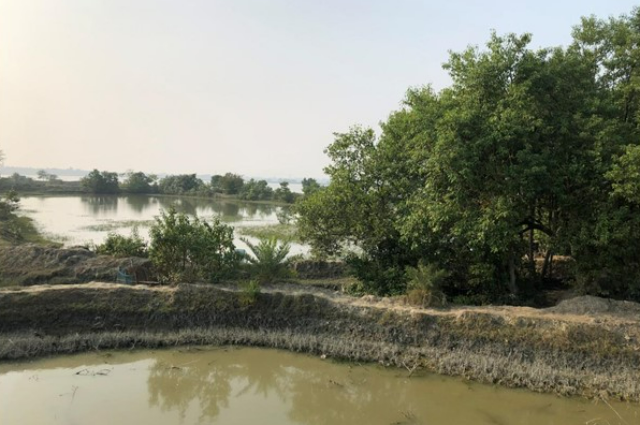
Fig. 8: Enhanced human economic activities in the highly sensitive Sunderban mangrove forest ecosystem are causing rapid erosion of its rich biodiversity.
Photo credit; Saikat Kumar Basu
Both India and Bangladesh therefore has huge opportunities to work with together with one another in developing alternative livelihood development programs in the Sunderban region. This will successfully reduce the pressure on the local ecosystem and help the forests to regenerate over a decade if left untouched. Including local residents in the forestry and tourism development programs as guides, trackers, interpreters, daily labourers, temporary forest guards, registered loggers, fishermen, boatmen, survey crew members, informers will increase employment in the region.
People working in this area are mostly unskilled labourers. It is therefore important for both events to work together in developing a coordinated program in training people in various trades, provide certification and then reemploy them in several government assisted programs. The Sunderban region is extremely vulnerable to Climate Change and other climatic conditions. Therefore, both government needs to work and collaborate to restrict extensive agriculture such as crop production, fisheries and apiculture and other related occupations to be cautious of the dangers to their local ecosystem. On both sides of the border education and awareness programs needs to continue throughout the year to make people understand the value and importance of the Sunderban mangal ecosystem on their lives and livelihood (Fig. 8).

Fig. 8: Heavy dependence of the local villagers on the Sunderban mangal forest ecosystem is causing rapid deterioration of this unique ecosystem. Khulna, Bangladesh.
Photo credit: Saikat Kumar Basu
Future perspectives
The Sunderbans ecosystem as discussed above is one of the global centre of rich biodiversity. The mangal ecosystem is an integrated part of the total natural environment of both coastal West Bengal (India) and Bangladesh; and hence deserves our appreciation as well as immediate attention for developing better conservation policies and strategies for its long term protection in a sustainable fashion. Therefore, we propose JCI as an integrative approach for the protection of this unique ecosystem through joint cooperation of India and Bangladesh. Such unique conservation model is extremely rare in the world and only a few on organized models have worked so far in some parts of Asia, Africa and Latin America. Hence this is a huge opportunity for both India and Bangladesh, too friendly neighbours to come together and work under the common platform to protect the unique ecosystem of the Sunderbans; and demonstrate to the world and unique international model or biological conservation that can be followed by others (Fig. 9).
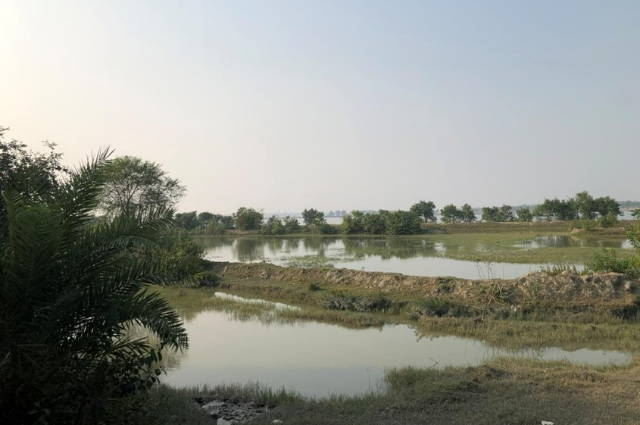
Photo credit: Saikat Kumar Basu
Both countries jointly could become a pioneer in the field of integrated conservation approach to Joint Conservation Initiative (Fig. 10). We do acknowledge that it is not easy to achieve this; and hence it will be absolutely important to jump numerous hurdles including diplomatic, bureaucratic and political challenges. First both countries need to move forward on a negotiation table and work towards a trust building mechanism involving the government, security, customs, immigration and intelligence agencies. Once this is achieved concerned ministries together with central and state departments of both countries should sit together in establishing a concrete ground plan of operation. Thirdly implementation and execution of those strategies and policies under the joint supervision of relevant departments of both countries should follow. Lastly stringent joint monitoring and surveillance should be implemented and conducted comprehensively to make sure that the conservation strategies are reaching at the ground levels and we are achieving our desired goals for long-term conservation.
We would like to reiterate here that this is not easy to achieve this overnight. Whatever if we have the strong political wheel and the right attitude it is not impossible either. Hence we need to look forward and encourage the two friendly SAARC member nations to explore and discuss the opportunities at various levels and make progress note in the long stretch but in taking positive baby steps.
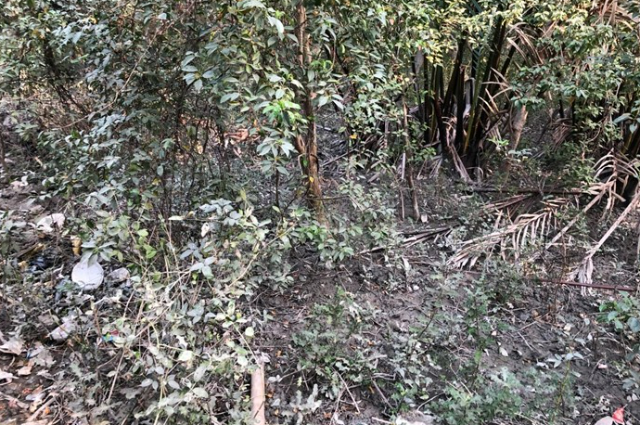
Fig. 10: JCI can effectively help both India and Bangladesh in the revegetation of the degraded mangrove forest through active cooperation, monitoring and surveillance. Khulna, Bangladesh.
Photo credit: Saikat Kumar Basu
